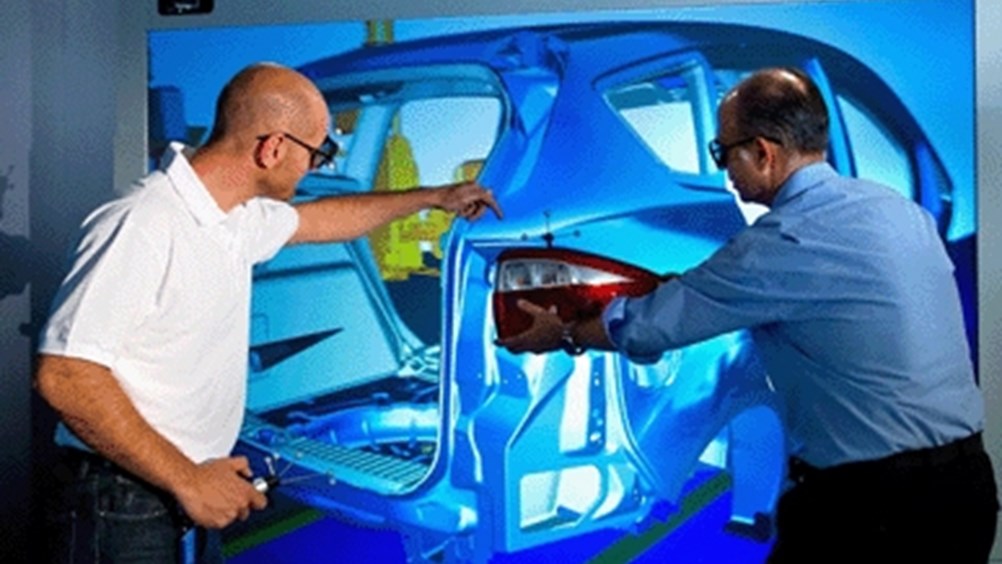Ford Virtual Factory
Mon, 09/16/2013 - 22:04
Add this to the list of things you thought you would never hear! Ford is making a virtual factory to improve efficiency at the real assembly lines. This will enable the company to improve quality and cut costs in real world manufacturing facilities by creating and analysing computer simulations of vehicle production procedures.
The fancy virtual systems simulate assembly line production and deliver quality and cost improvements. Computer simulation enables engineers to collaborate on “virtual build events” and interactive 3D vehicle analysis, thus improving the efficiency at the lines and minimizing errors and overheads.
Ford uses sophisticated camera technology to scan and digitise its real-world manufacturing facilities to create ultra-realistic 3D virtual assembly environments. Their Spanish plant in Valencia is the the spearhead of this efforts.
Ford press release:
“We have already started work on our virtual factory project, so that we won’t have to go to the real assembly line to conduct tests or research possible plant upgrades,” said José Terrades, simulations engineer, Ford of Spain.
“Virtual factories will enable Ford to preview and optimise the assembly of future models at any of our plants, anywhere in the world. With the advanced simulations and virtual environments we already have at our disposal, we believe this is something Ford can achieve in the very near future.”
Thousands of components are assembled to manufacture a vehicle. Computer simulation of the assembly process enables the vehicle build process to be tested before investing in the resources required for a real-world production line. In 1997 Ford was the first car maker to use computer simulations to plan vehicle assembly at facilities worldwide. Computer simulation is now integrated into Ford’s development processes.
“The final assembly process simulations we use today allow us to do much more than simply plan our build sequences,” said Nick Newman, implementation manager, Ford of Germany. “We can piece together complete cars in a virtual environment and assess the construction down to the finest detail, and we plan to implement this even more widely in the future.”
Ford’s ergonomics experts in Cologne, Germany, use the computer simulations to scrutinise the fitment process for even the smallest components, and to determine what is required to make the task as straightforward as possible for the assembly-line operator.
Ford’s virtual employee “Jack” can simulate the actions of both male and female assembly line workers to test and evaluate processes in fine detail, right down to the movement of the operator’s fingers within an enclosed space. “Jack’s” advanced software evaluates the demands on the real-world operator and uncovers 80 per cent of ergonomics issues at the simulation stage.

[{"target_id":"256899","alt":null,"title":null,"width":"1002","height":"564","url":"\/sites\/default\/files\/articles-images\/05\/te_ford_virtual.jpg"},{"target_id":"256900","alt":null,"title":null,"width":"2560","height":"1440","url":"\/sites\/default\/files\/articles-images\/89\/ford-virtual-factory-scaled.jpg"}]




